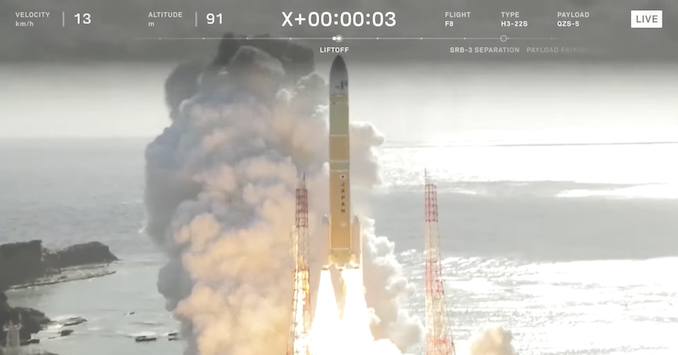H3-22 | Michibiki 5 (QZS-5)
Launch Failure
2nd stage liquid hydrogen tank pressure abnormally start decreasing after fairing separation, leading up to 2nd stage 1st burn 27 seconds longer than planned & engine shutting down 1 second into 2nd burn. Payload stranded in LEO and re-entered shortly after.L - -- : -- : -- : --
Launch Window
Dec. 22, 2025, 1:51 a.m. - Dec. 22, 2025, 2:04 a.m.






